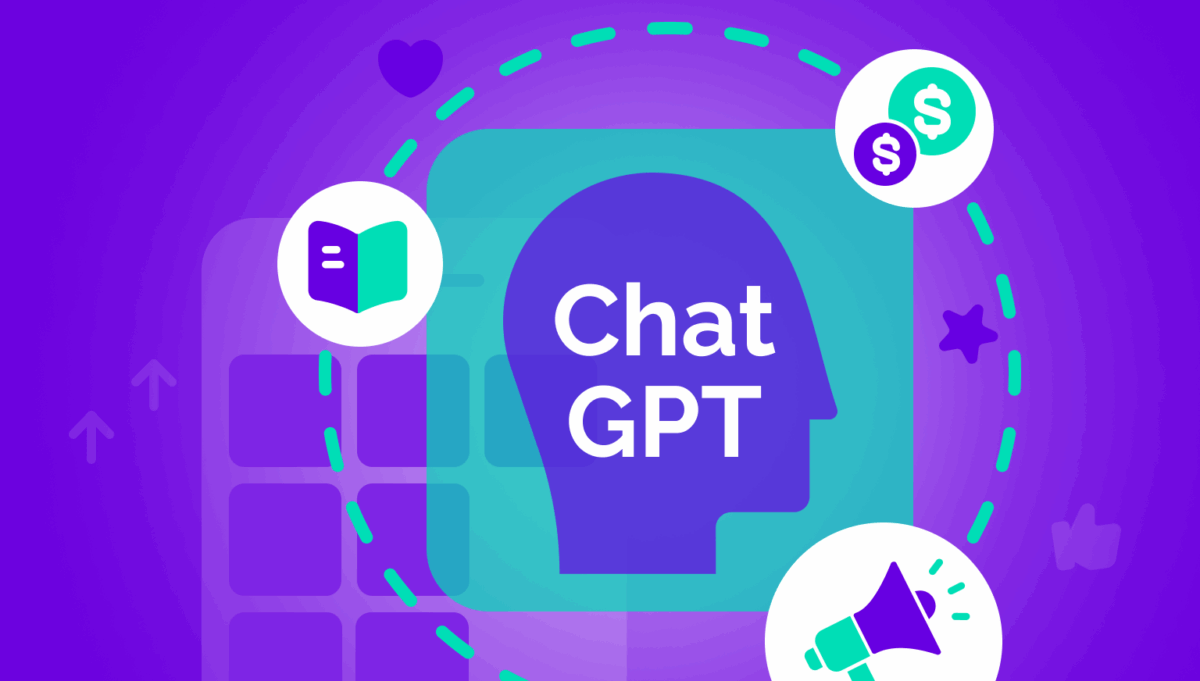When the mobile app store started its meteoric rise, the growth was unprecedented. Mary Meeker would publish 100-page reports with graphs marching up and to the right about how the world’s access to mobile devices was changing the world. We in the industry would marvel at the growth and pat ourselves on the back to be part of such an amazing time in the industry.
Now, Mary Meeker publishes reports about AI, and the growth rates are unprecedented; a word she uses 64 times. You can’t avoid AI news on the web today, and a lot of the rhetoric is analysis (arguing) about how it will — or won’t — take shape. This week at ChatGPT’s DevDay, Sam Altman announced that ChatGPT has 800 million daily active users; that’s roughly the size of Apple’s App Store. As part of this presentation, he announced the GA release of the ChatGPT Apps SDK. An SDK that allows brands to create applications that run natively in ChatGPT. This can’t be overstated. This will likely be larger than the shift that happened when Apple released an SDK that opened up the App Store. This represents OpenAI’s launch — and monetization — attempt for the coming agentic web.
The emergence of the agentic web
The newly coined term “agentic web” describes a world where AI will lead users across the internet, finding new products or content, doing our shopping, and helping us get instant access to the right information. Today, over half of US adults regularly use LLMs, but — like satellite orbital mechanics or fiber optic wave propagation — most don’t know how the undergirding technology works. What does an Internet of AI agents look like?
We’re seeing it unfold. A group of researchers have outlined three fundamentals that will power an agentic web:
- There needs to be an intelligence layer. An AI needs to be able to find the product. Anyone who has used an LLM can attest to the rate at which — if not already — this will happen. LLMs are regularly outsourcing humans at a wide variety of tasks. But it’s not just book smarts; the more a user interacts with an LLM, the more context the AI has for the user. ChatGPT knows my location, my preference, and my favorite brands. It’s not just smarter; it’s better prepared.
- Next, the AI needs a baseline communication protocol. Like the internet needed shared protocols (e.g., HTTP, HTML), AIs need a shared language that can allow them to communicate despite their underlying technologies, frameworks, or even the language they were trained in. MCP and A2A are already widely adopted and deployed. Altman recently launched the Agentic Commerce Protocol to handle the monetization.
- The final fundamental is the economic layer. Pundits — including myself — have argued for advertising, affiliate fees, or any number of monetization potential models. Altman’s announcement of the Agentic Commerce Protocol is OpenAI’s opening salvo to establish a rev-share model, similar to the Apple App Store, and OpenAI will take a cut of the transaction.
There are doubters
I’ve read compelling analysis that agentic commerce won’t happen. E-commerce walled gardens won’t allow agents to penetrate the fortress of customer ownership. Eric Seufert, in “Agentic Commerce is a Mirage,” compellingly argues that the titans of the e-commerce industry (e.g., Shopify and Amazon) are already blocking AI agents from accessing their pages. And why shouldn’t they? There are few incentives — and actually more downsides — to allowing another company to control the discovery, experience, and purchases of the user. Andrew Lipsman, in “Agentic Commerce is (still) a collective hallucination,” goes further, arguing that e-commerce, only representing ~15% of U.S. retail sales itself, is overhyped; what does it matter if AI takes over a tiny amount?
These articles make compelling points, but they don’t take into account the incredible growth and reliance consumers are showing towards AI. Amazon and Shopify blocking LLMs represent short-term defensive behavior. Of course, they want to control the consumer’s purchase. But Blockbuster wanted us to continue to come by their neighborhood stores. The advent of digital delivery made it so Blockbuster could build all kinds of blocks on user behavior, only to find that they’ve been blocked from the consumer as they changed their preferences and practices. Consumer preference will force the online retail juggernauts to open up — or be passed by. As consumers grow to rely on LLMs for decision-making and information, they’ll either change their tune or run the risk of being Blockbustered. And yes, e-commerce may only represent ~15% of retail spending, but the impact to our economy and the retail space is much larger. Over 80% of shoppers use digital resources to inform their offline purchases.
The GPT app store swings the vote
By launching an app store on ChatGPT, OpenAI is opening up the opportunity for cutting-edge brands to jump to the forefront of the fastest-growing technology trend of all time.
Like Apple’s launch of the App Store, OpenAI will make a cut of revenue earned on the app store, and will likely open up an advertising model that will allow apps to be front-and-center on search, and — if they’re ambitious — an advertising network that will allow users to monetize their apps through in-app advertising.
Much like Apple’s App Store birthed a dawn of mobile, on-everywhere, and user connection, an LLM-enabled app store will enable brands that lean into the framework to capture the zeitgeist of user attention and utility of LLMs. OpenAI has the users, brands will lean into the medium, and OpenAI will be able to bring the promise of the agentic web to the world.
This week we’ve witnessed a glimpse into the future of the internet. In the coming months and years, we’ll see exciting changes as brands take advantage of this tremendous opportunity. This week may determine the birth and death of some of the largest companies in our future.
Have questions about the future of the internet? Reach out anytime.


